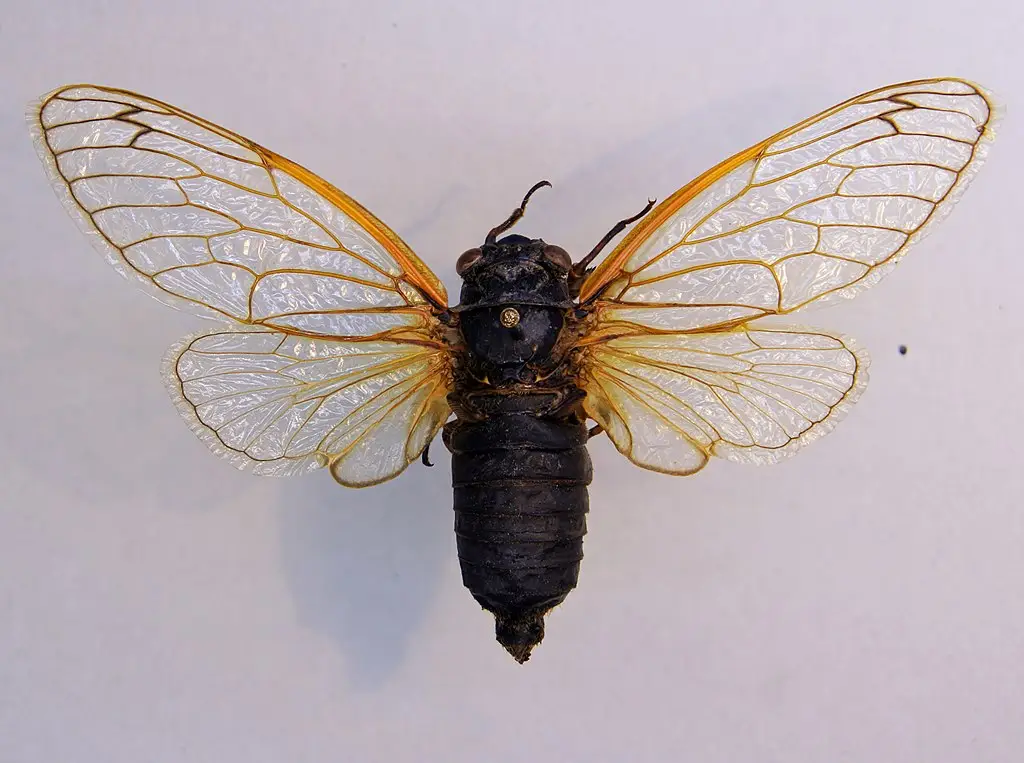In a fascinating natural spectacle, two distinct broods of periodical cicadas have begun their simultaneous emergence across the United States after a hiatus of more than two centuries. These unique insects, known for their long 17- and 13-year life cycles, are appearing by the trillions, marking a significant event in the natural world.
Unlike their annual counterparts, periodical cicadas spend most of their lives underground, feeding on sap and roots. They remain hidden until soil temperatures reach 64 degrees Fahrenheit. Once conditions are right, they emerge in large numbers, creating a remarkable sight and sound across affected regions.
This year, both Broods 13 and 19 will emerge at the same time, a phenomenon that has not been observed since Thomas Jefferson’s presidency. Brood 13, with its 17-year cycle, is expected to predominantly emerge in states like Wisconsin, Illinois, and Iowa. Meanwhile, Brood 19, following a 13-year cycle, is predicted to make its presence known in the southeastern United States, including Tennessee, Mississippi, Alabama, Georgia, and the Carolinas.
These periodical cicadas have a different appearance than the annual cicadas. They are darker in color, with red eyes and orange accents on their legs and wings, making them quite striking. Despite their loud mating calls, which are a characteristic of their emergence, these cicadas pose no harm to humans.
The impact of their emergence extends beyond mere curiosity. While the sheer number of cicadas may raise concerns about potential damage to young trees, the overall effect of their emergence is expected to benefit the ecosystem. They will provide a significant food source for wildlife, particularly birds. As they mate, lay eggs, and perish within a brief period of four to six weeks, their presence will contribute to the ecological balance in these regions.

